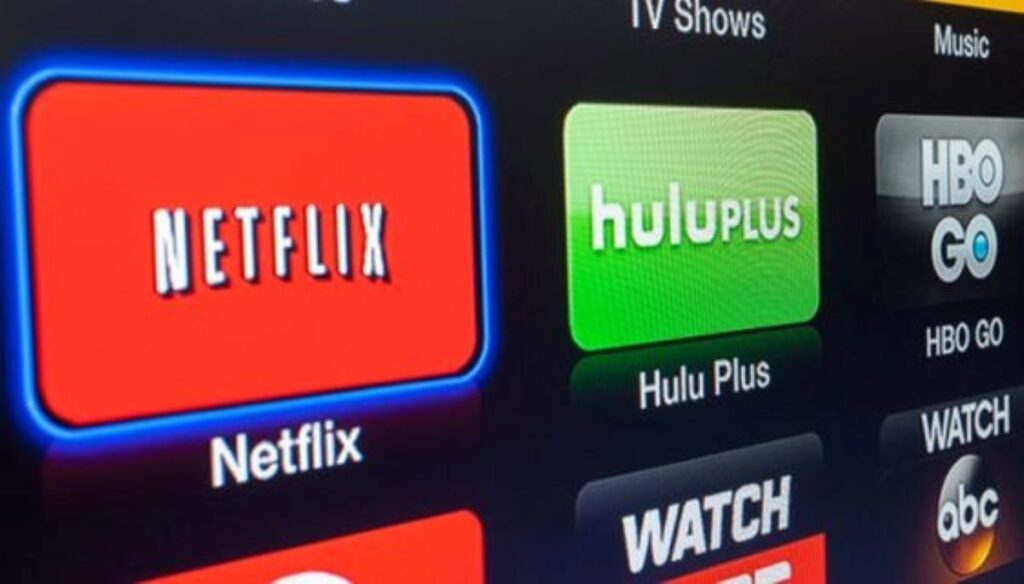Streaming Platforms have become a norm in the past couple of years, replacing traditional broadcast television. Netflix led the revolution and was a massive success. This is mostly because it presented a cheap and more convenient alternative to broadcast TV.
Since it first rose to prominence, other streaming platforms have followed, adopting its model. These days, all the major media companies operate their streaming service, standing out by investing in original programming rather than pre-existing media.
It has led to an increase in expenditures and competition for subscribers, with platforms looking for new ways to generate revenue. First came Increased subscription fees, but now some are selling commercial time.
Netflix is unsurprisingly leading this charge. Last year, it made it harder for users to share passwords to encourage more people to subscribe. It also introduced a cheaper, ad-supported model that costs $6.99 monthly.
ALSO READ: Netflix Users Slam Tyler Perry’s “Mea Culpa” as the Thriller Earns Low Ratings
Amazon has also followed suit, introducing advertisements into the Amazon Prime Video streaming service earlier this year. The only difference in its approach is that it included advertising as the standard for all existing customers. So, to enjoy an ad-free experience, you’ll have to pay extra.
Many other streaming services have followed the trend. HBO Max, Disney+, and Paramount+ are popular platforms that now feature ads. They also charge extra for those who don’t want them.
This new streaming model is beneficial as it allows these platforms to boost their profits while allowing customers to keep paying normal subscription fees.
Amazon is one platform that is already reaping the benefits. In just the first quarter of 2024, it reported $11.8 billion in advertising revenue, a 24% jump from last year’s numbers.
POLL—Should the Government Increase Taxes on the Wealthy To Reduce Economic Inequality?
While it may benefit the platforms providing the service, the new model has triggered outrage among consumers. There are tons of streaming platforms out there now. And when you consider how some hoard licensed content while also introducing ads, one wonders what the subscription fees are for.
Already, there are talks of boycotting some streamers on social media platforms. Although minimal, the anger consumers feel may affect the streaming market in the long run. Some may start favoring streamers that still operate ad-free, like Apple TV+, BritBox, and Acorn TV, posing great competition for larger platforms.
Unfortunately, ads are predicted to become a core part of the streaming landscape. Yes, consumers may be outraged, but it is unlikely they will return to the old days of watching traditional broadcast TV.
WATCH: Catholic High School Set to Pay $1 Million to White Students It Expelled for “Blackface”
Ultimately, both parties will have to agree to a compromise so consumers can expect to see more tiered subscriptions. This means cheaper packages will be supported by advertising, and the ad-free alternatives will cost users extra. It will boost revenue for the platforms, but there’s no telling how it will affect consumers in the long run.
You Might Also Like:
Amazon Slashes Grocery Prices to Win Back Customers
Chloë Bailey Reveals She Has Ended Her Vegan Diet After 11 Years
Officials Arrest Tourist For Carving Name Into Ancient Ruins From Pompeii
Company Recalls Hundreds of Canned Coffee Over Rare, Deadly Toxin Contamination
Los Angeles Mayor Makes Shocking Reversal, Moves to Ban Masks at Protests
